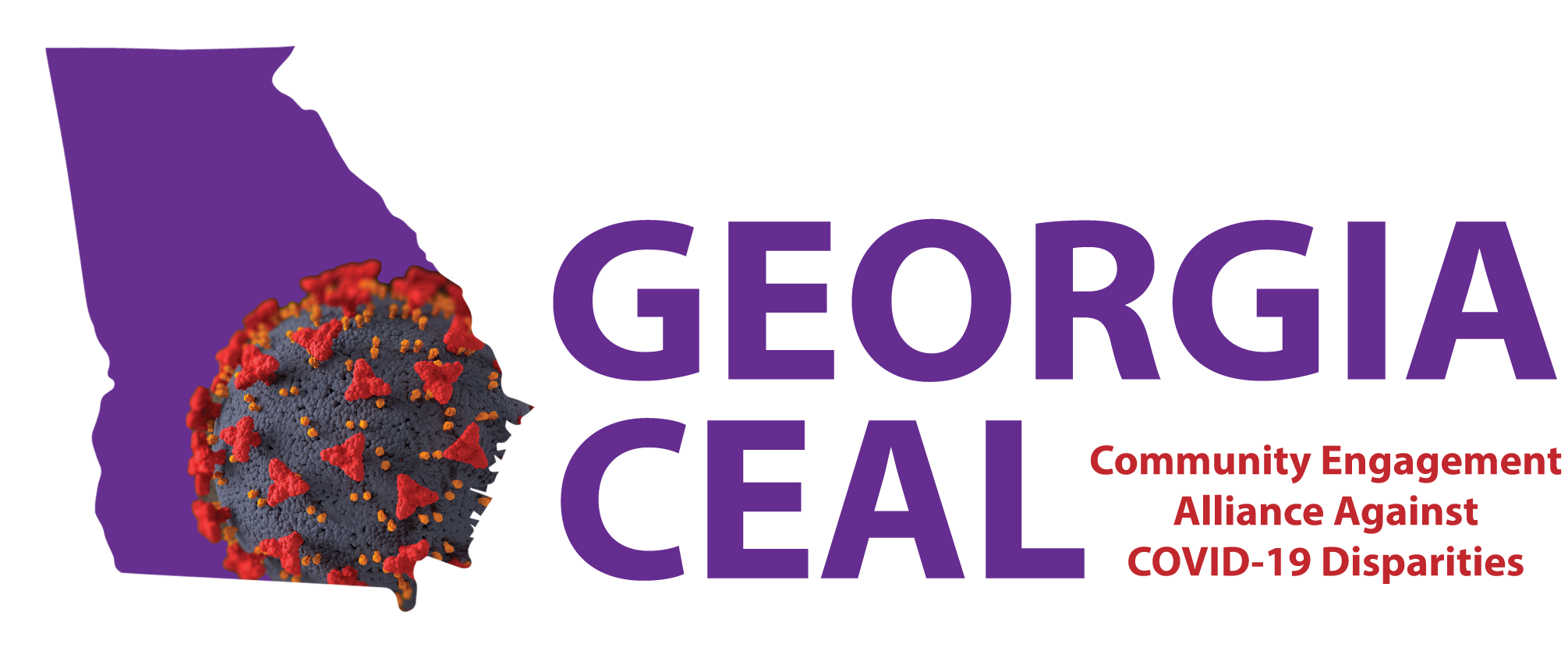Long Covid

What is Long COVID?
Long COVID (also called post-COVID conditions, Long Haul COVID, Chronic COVID, and SARS-CoV-2) is a novel disease that cannot be defined as one condition.
The Interim Working Definition, provided by The National Academies, states Long COVID is broadly defined as signs, symptoms, and conditions that continue or develop after initial COVID-19 or SARS-CoV-2 infection. The signs, symptoms, and conditions are present four weeks or more after the initial phase of infection; may be multisystemic; and may present with a relapsing-remitting pattern and progression or worsening over time, with the possibility of severe and life-threatening events even months or years after infection. Long COVID is not one condition. It represents many potentially overlapping entities, likely with different biological causes and different sets of risk factors and outcomes. Once a standard definition for Long COVID is established, the term will continually be updated to align with data and medical literature.
Individuals experiencing Long COVID are often referred to as Long Haulers.

Long COVID Research
In 2020, the Centers for Disease Control and Prevention launched the Innovative Support For Patients with SARS-CoV-2 Infections (INSPIRE) study. The goal of this study is to understand and better describe the long-term effects of COVID-19. INSPIRE will achieve this by engaging participants in sharing their symptoms and feelings and medical information through participation across 8 sites. To learn more about INSPIRE, please visit their website Covid Inspire.
In 2021, the National Institutes of Health launched the RECOVER Initiative (RECOVER). RECOVER is a national study that was launched with the aim to rapidly improve our understanding of and ability to predict, treat, and prevent PASC (post-acute sequelae of SARS-CoV-2), including Long COVID. Additionally, RECOVER is considered the nation’s largest, groundbreaking patient-centered study, with 85 sites across the United States. To learn more about RECOVER, please visit their website About the Initiative | RECOVER COVID Initiative.
Prevention
The best strategy for preventing Long COVID is to prevent getting COVID-19. The best defense mechanism is by first ensuring you are fully vaccinated and boosted and second by following recommended public health mitigation measures.

Symptoms
Over 200 symptoms have been reported in association with Long COVID. Below you will find the 19 most reported and recognized symptoms of Long COVID provided by the Centers for Disease Control and Prevention. If you would like to explore a collective list of symptoms, please visit the National Institutes of Health page Long COVID | NIH COVID-19 Research.
Treatment Options
Due to the nature of this new and complex disease, a conclusive list of treatments is still being explored and will be developed as research advances. Please visit this site for updates as they are released.


